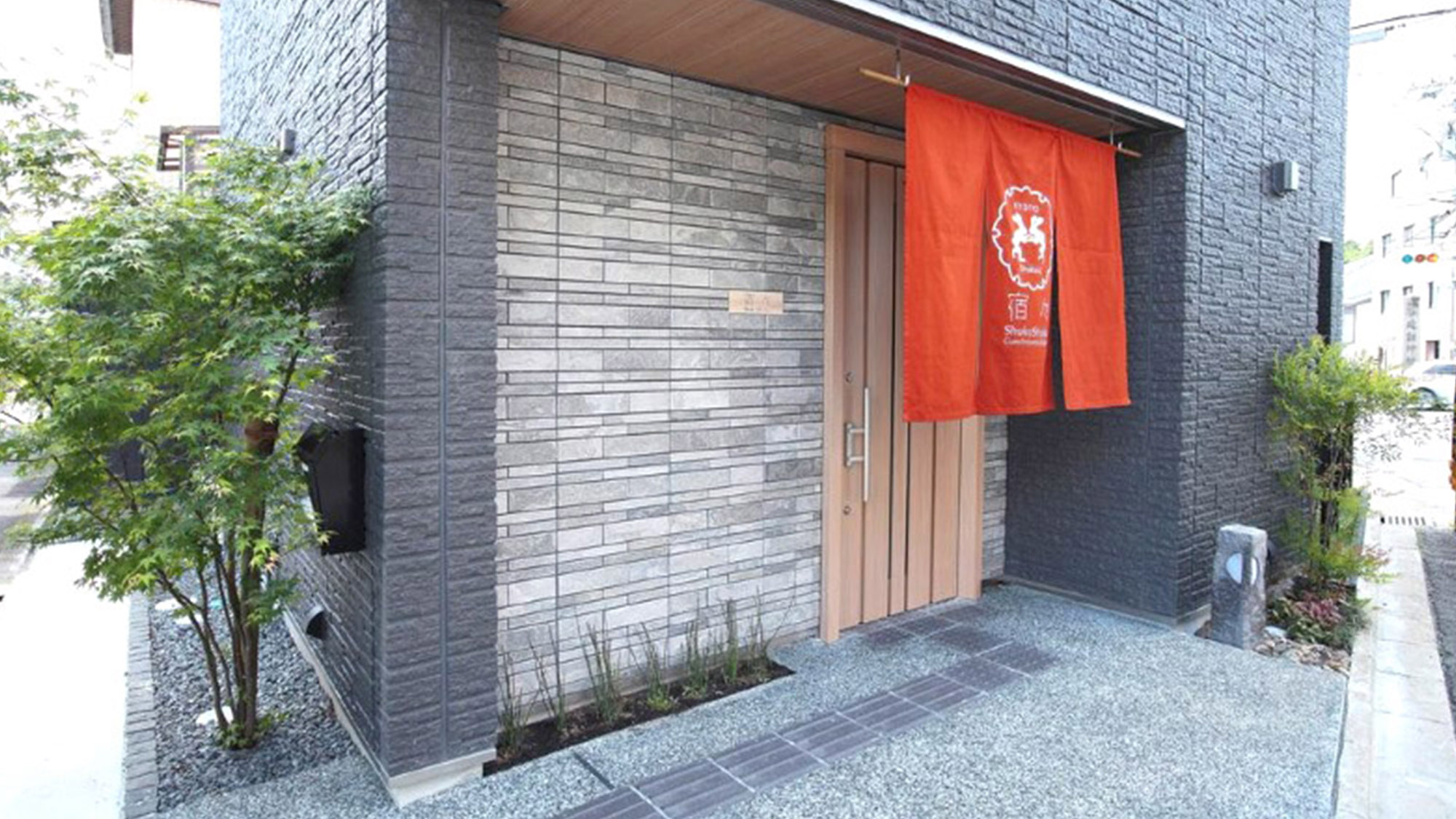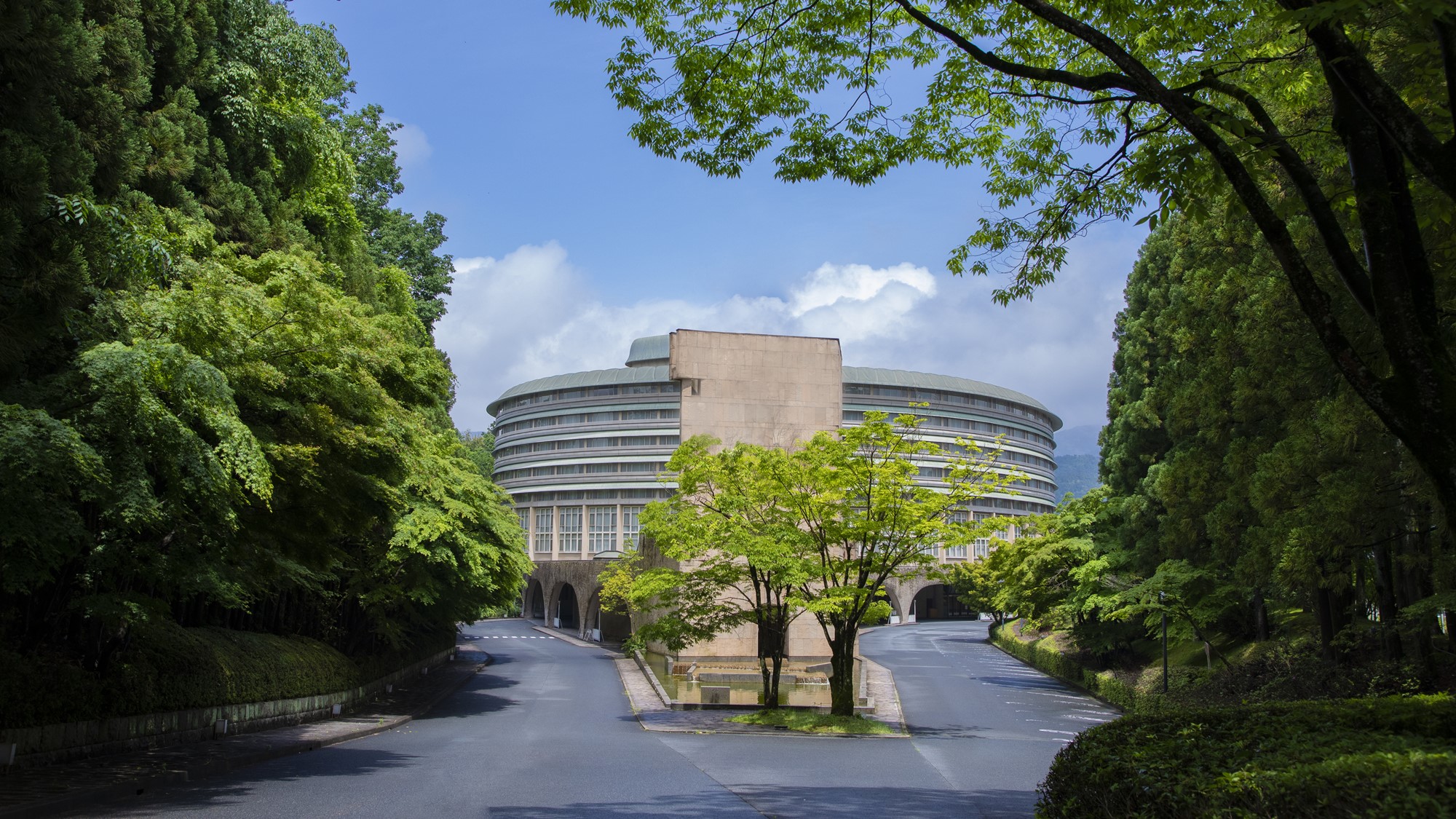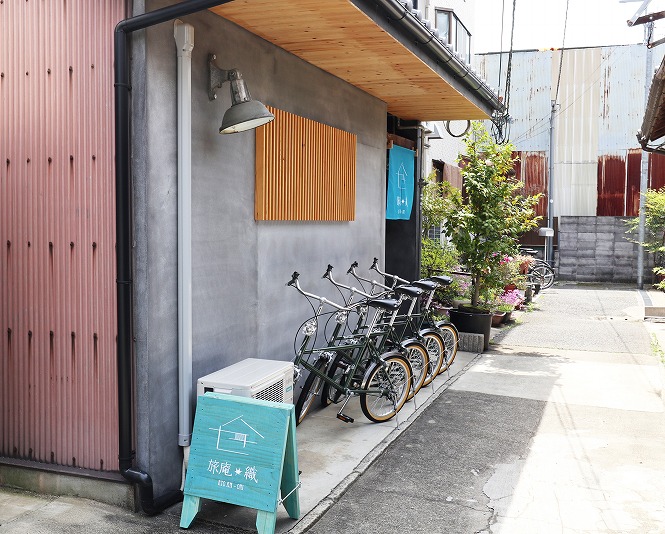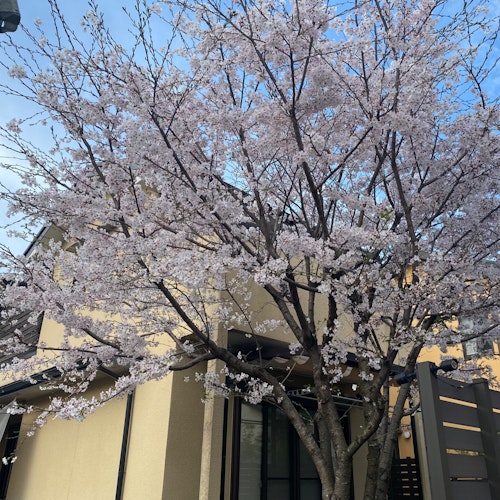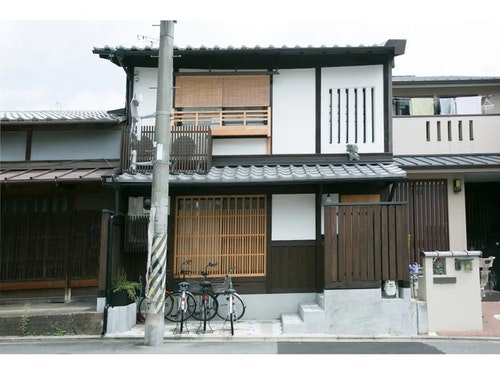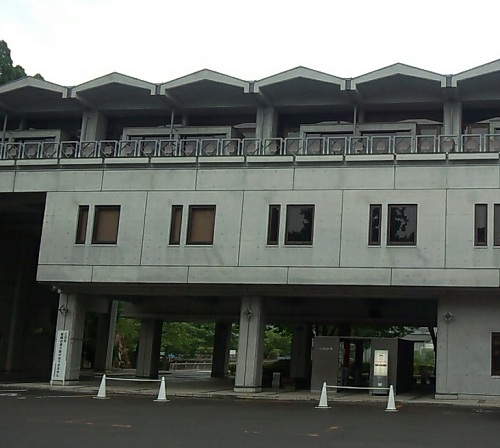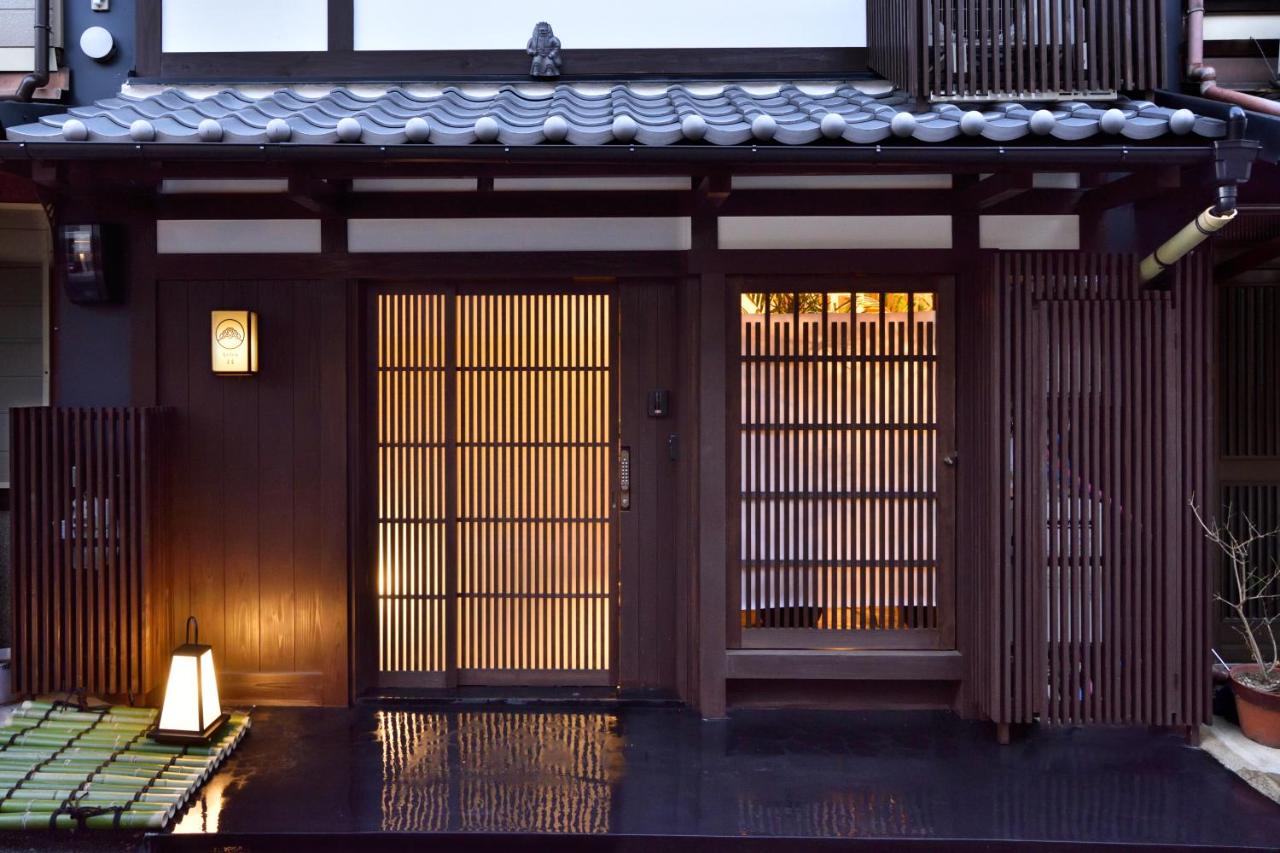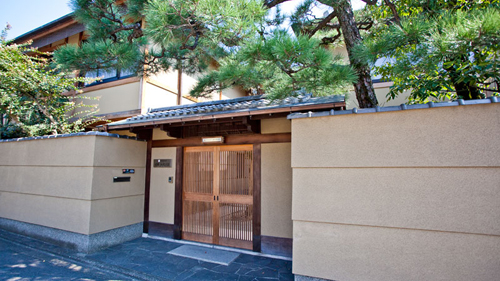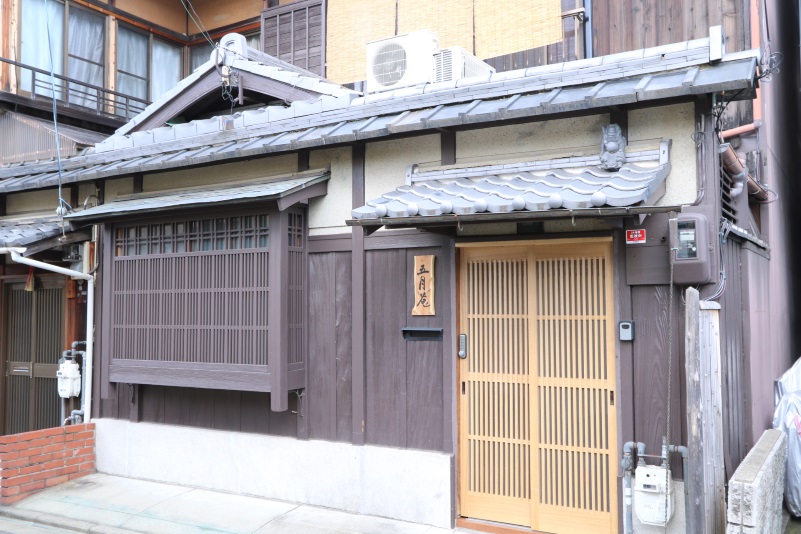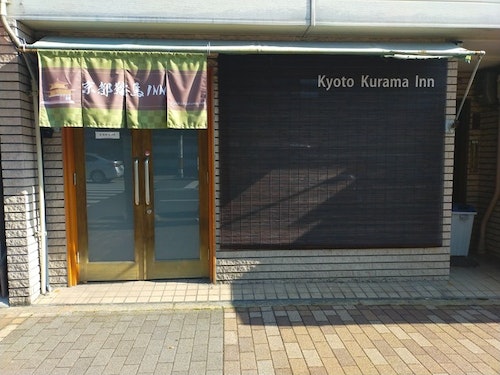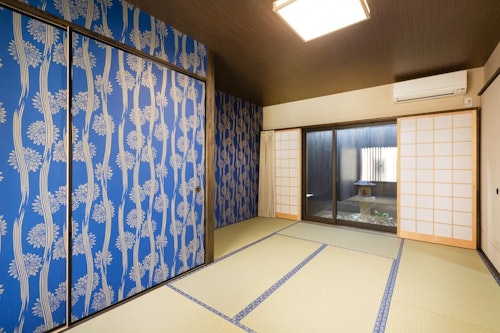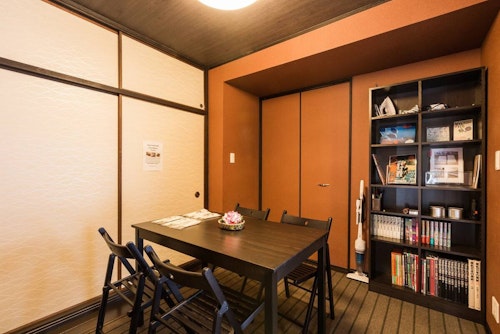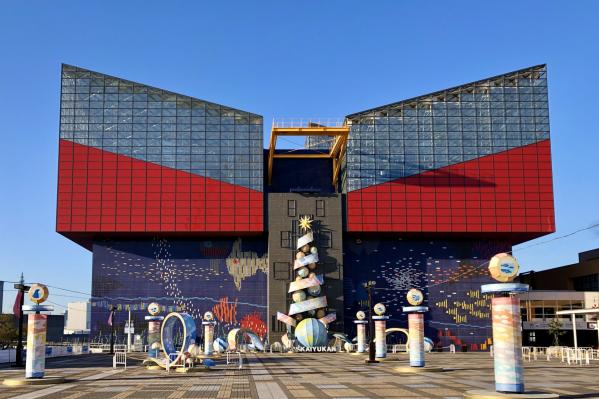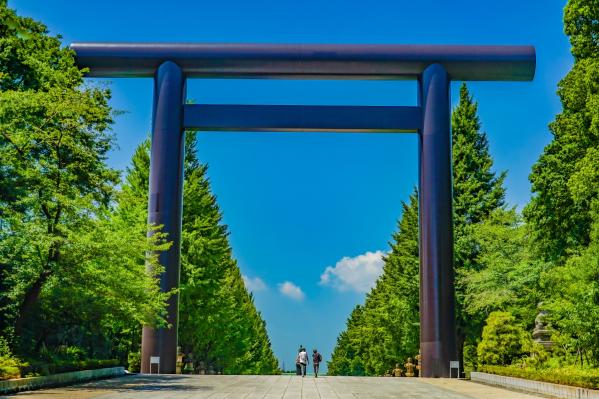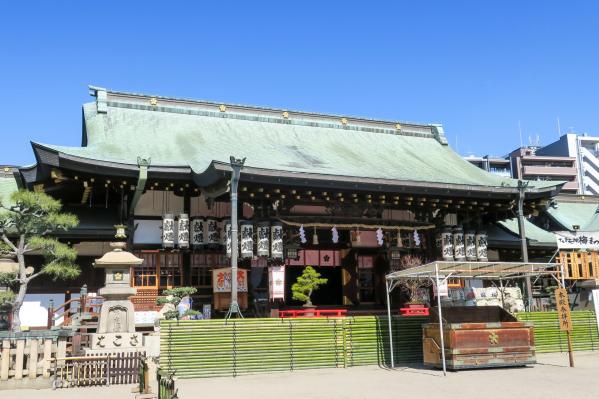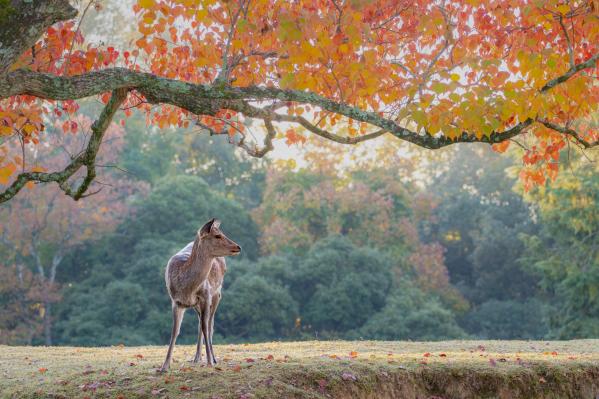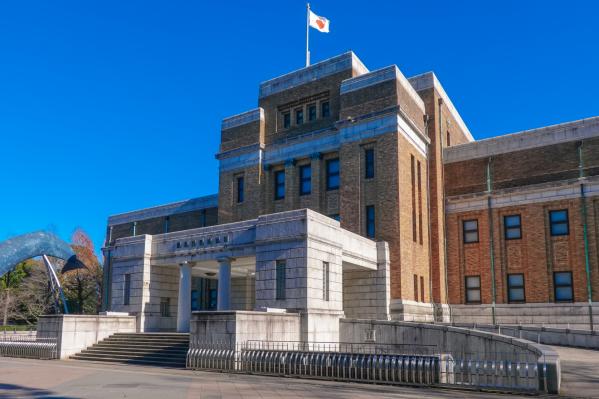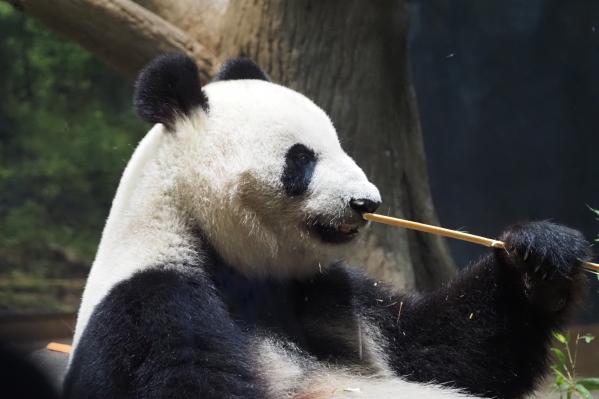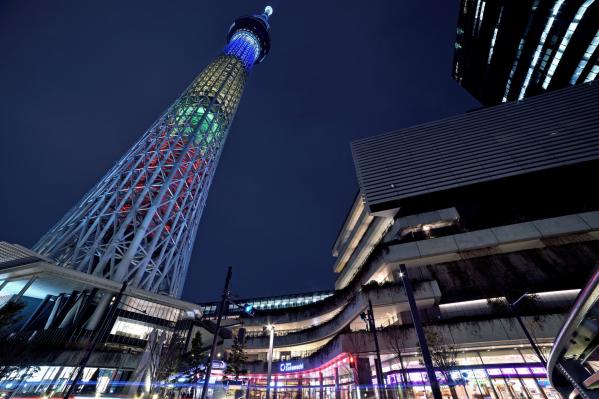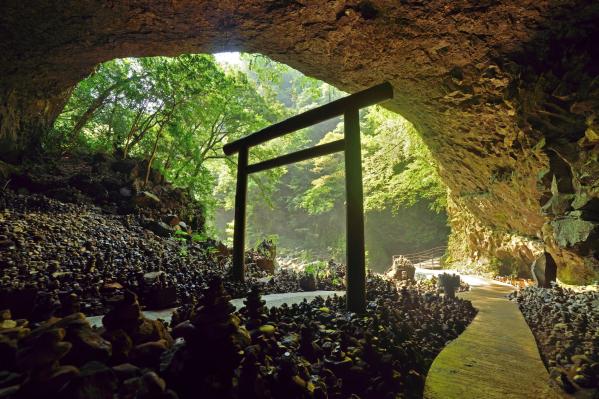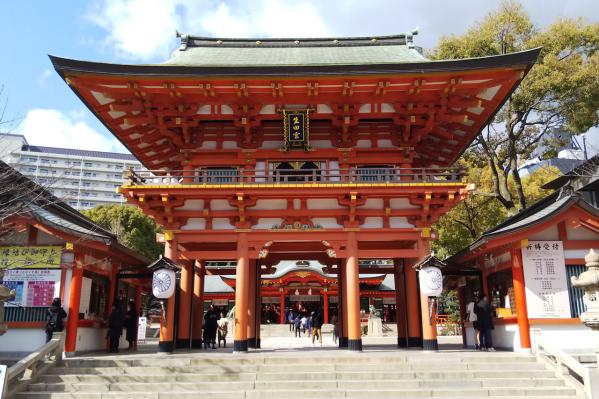Kamikamo Shrine
Basic Information
- Spot Name
- Kamikamo Shrine
- Location
- 〒603-8047 339 Kamigamo Motoyama, Kita-ku, Kyoto City, Kyoto Prefecture, Japan
- Access
- Get off at "Kamigamo Jinja Mae" on the city bus or Kyoto Bus. If you take the subway, get off at "Kita-Oji" or "Kitayama" station and it takes about 10 minutes by car.
- Parking
- Parking available for 170 vehicles.
- Business Hours
- Visiting hours: 5:30 AM to 5:00 PM (The main gate is open from 8:00 AM to 4:45 PM)
- Regular Holiday
- Open year-round.
- Fees
- Admission fee: Free
- Contact Information
- Phone Number:075-781-0011
- Official Website
Map
Detailed Information
Kamigamo Shrine, located in the Kita Ward of Kyoto City, is one of the oldest shrines in Kyoto, officially known as Kamo Wakeikazuchi Shrine. It enshrines Kamo Wakeikazuchi no Okami, the god of thunder, and its origins trace back to an ancient legend where the deity is said to have descended upon Mount Kamigamo, which lies behind the shrine. During the reign of Emperor Tenmu, in the sixth year of his era (677), the current shrine buildings were constructed at this location.
Historically revered as the family shrine of the Kamo clan, it received national respect as a guardian shrine of the imperial palace after the capital was moved to Kyoto. Today, it attracts worshippers nationwide as a deity for warding off evil, directional protection, victory, protection from thunder, and even as a guardian of the electrical industry.
The expansive grounds of the shrine house two national treasures, the main shrine and the secondary shrine, as well as 41 important cultural properties scattered throughout. These buildings were rebuilt in the third year of the Bunkyū era (1863) and still retain their original appearance. The premises, which span approximately 230,000 tsubo, were registered as part of the UNESCO World Heritage Site “Historic Monuments of Ancient Kyoto” in 1994.
From the first torii gate to the second, a vast stretch of lawn blooms with colors in spring, showcasing beautiful blossoms such as the “Saiō Sakura” and “Gojō Sakura.” Additionally, the “Nara no Ogawa,” a small stream flowing through the shrine grounds, is celebrated in the waka poetry of Fujiwara no Kiyotada: "As the wind softly blows, the evening at Nara no Ogawa marks the sign of cleansing in summer." This spot reflects the beauty of the changing seasons, particularly in summer, where scenes of visitors dipping their feet in the stream bring charm to the atmosphere.
Events like the “Kamo Horse Racing” held on May 5 and the “Aoi Matsuri” on May 15 are widely recognized as traditional rituals. Among them, the Aoi Matsuri is regarded as one of the three great festivals of Kyoto, captivating many visitors with a procession of people dressed in Heian period attire parading down the city’s main roads.
The shrine is rich in highlights, featuring the sacred horse “Kamiyama-gō” residing in the horse stable, the “Tatezuna” symbolizing the site of Kamo Wakeikazuchi no Okami’s descent, and a hand-water basin filled with spring water. Furthermore, a special viewing known as “Tokubetsu Sanpai” allows for public access to the normally restricted main and secondary shrines, guided by shrine priests, with prior application.
Historically, the first subsidiary shrine, Katayama Mikoshi Shrine, enshrines Tamayori Hime no Mikoto, the mother goddess of Kamo Wakeikazuchi no Okami. It is believed to provide blessings for matchmaking, childbirth, and family safety, and it is said that Murasaki Shikibu once visited to pray for the realization of her love. The waka she composed during her visit, "Hototogisu, as I await your voice, shall I stand and become wet from the droplets in Katayama's grove?" still remains as a stone inscription on the shrine grounds today.
In recent years, new attractions have gained popularity, such as the approximately 8-meter tall vermilion "Otorii" established in 2020 and the heart-shaped "Katayama Ema," resembling a two-leaf aoi plant. This blend of history and modernity has made the shrine a beloved destination for many visitors.
Kamikamo Shrine Movies
Kyoto Tourist Attractions
View ListTenryu-ji Temple
Tenryu-ji Temple is a Zen temple located in the Arashiyama district of Kyoto, registered as a UNESCO World Heritage Site. Originally, this site was the location of D...
Kiyomizu-dera Temple
Kiyomizu-dera is a prestigious temple located in the Higashiyama district of Kyoto, boasting a history of over 1,200 years. This temple attracts many tourists from b...
Kifune Shrine
Kifune Shrine is an ancient shrine located in Kibune, Sakyo Ward, Kyoto City, and it is the head shrine of about 500 Kifune Shrines nationwide, dedicated to Takao Ka...
Shimogamo Shrine (Kamo Mioya Shrine)
Shimogamo Shrine (officially known as Kamo Mioya Shrine) is located in the Sakyo Ward of Kyoto City and is registered as a World Heritage site as part of the "Cultur...
Kyoto Aquarium
Kyoto Aquarium is a large inland aquarium located in Umekoji Park in the Shimogyo Ward of Kyoto City. It is conveniently accessible, being about a 15-minute walk fro...
To-ji Temple
Toji Temple (official name: Kyo-o Gokokuj), is the only existing structure from the Heian-kyo period and is registered as a UNESCO World Heritage Site. Founded two y...
Kyoto Tower
Kyoto Tower was built as a "major center for industry, culture, and tourism," with the purpose of "contributing to the development of Kyoto City." Completed in the s...
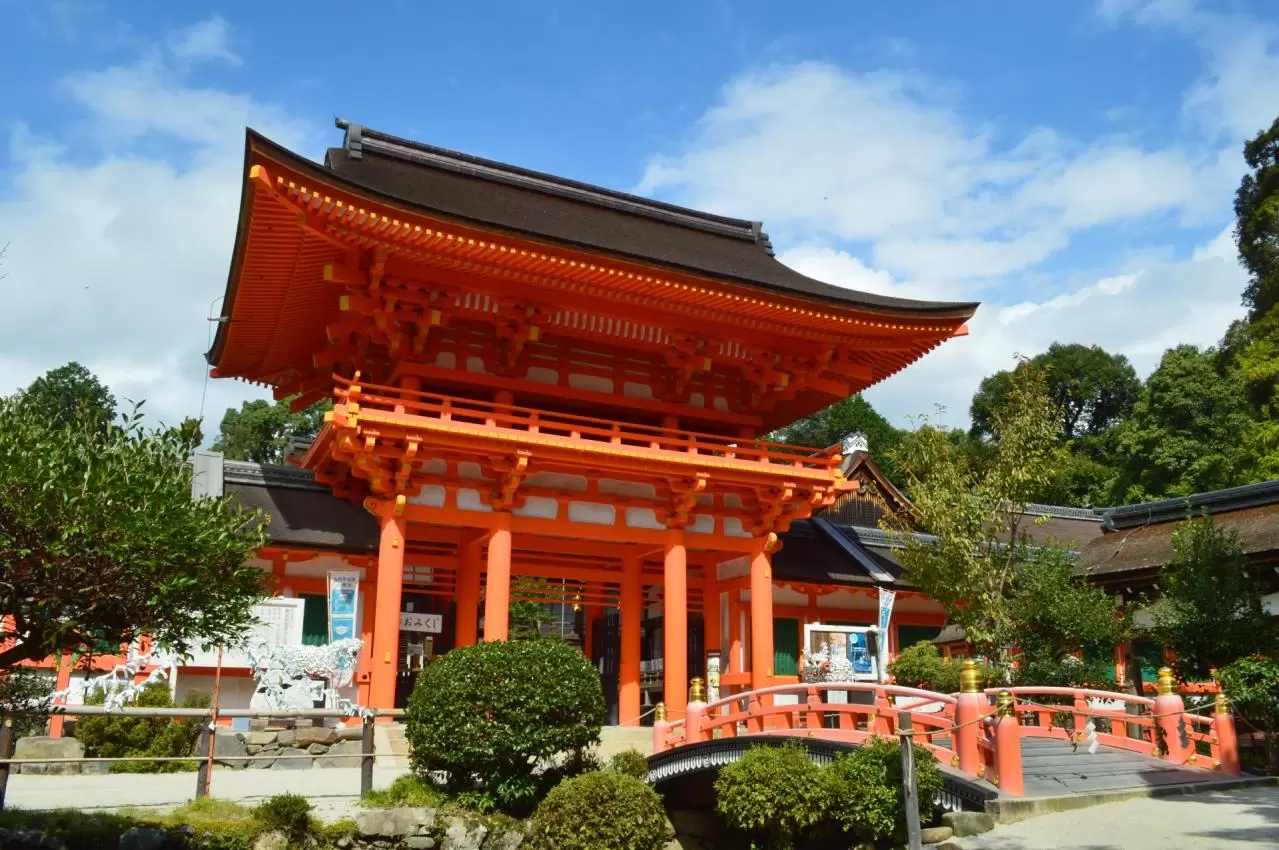
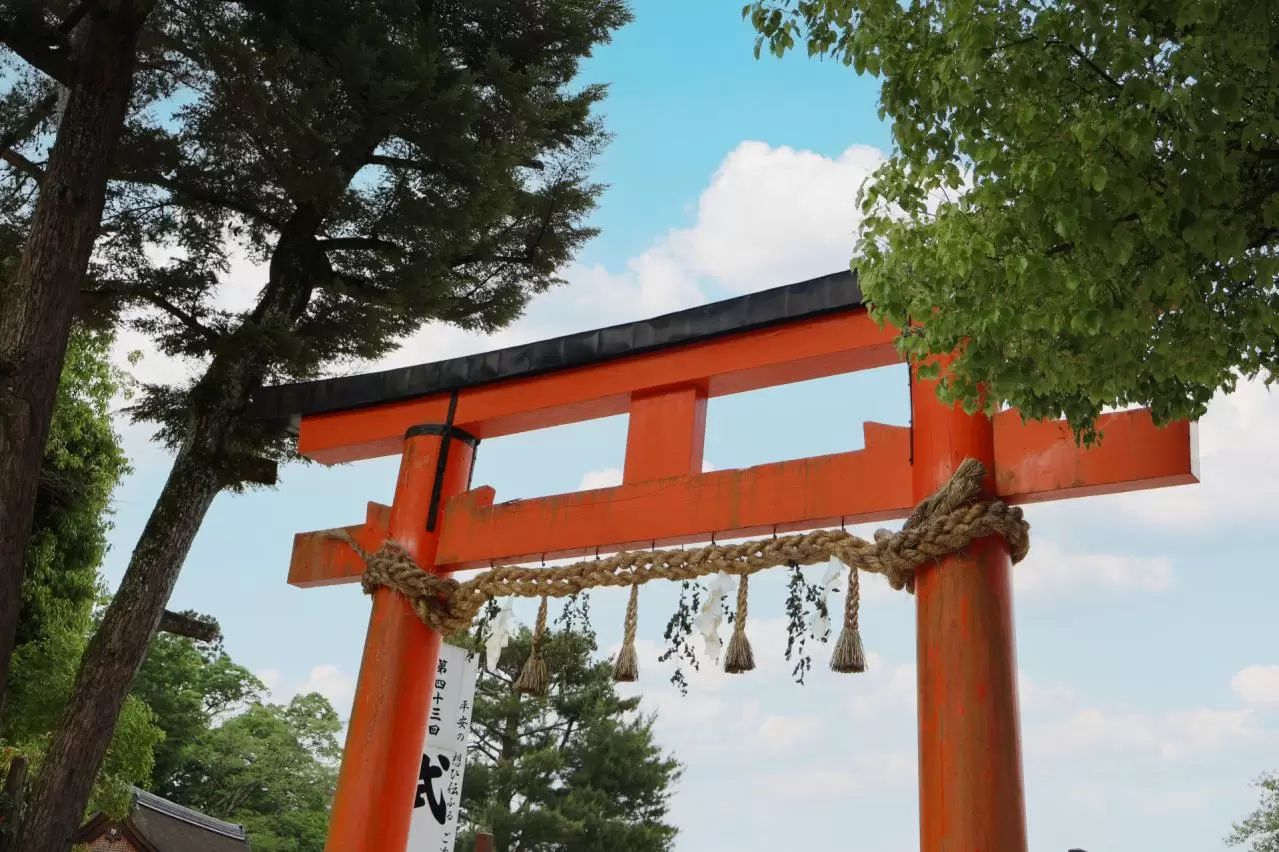
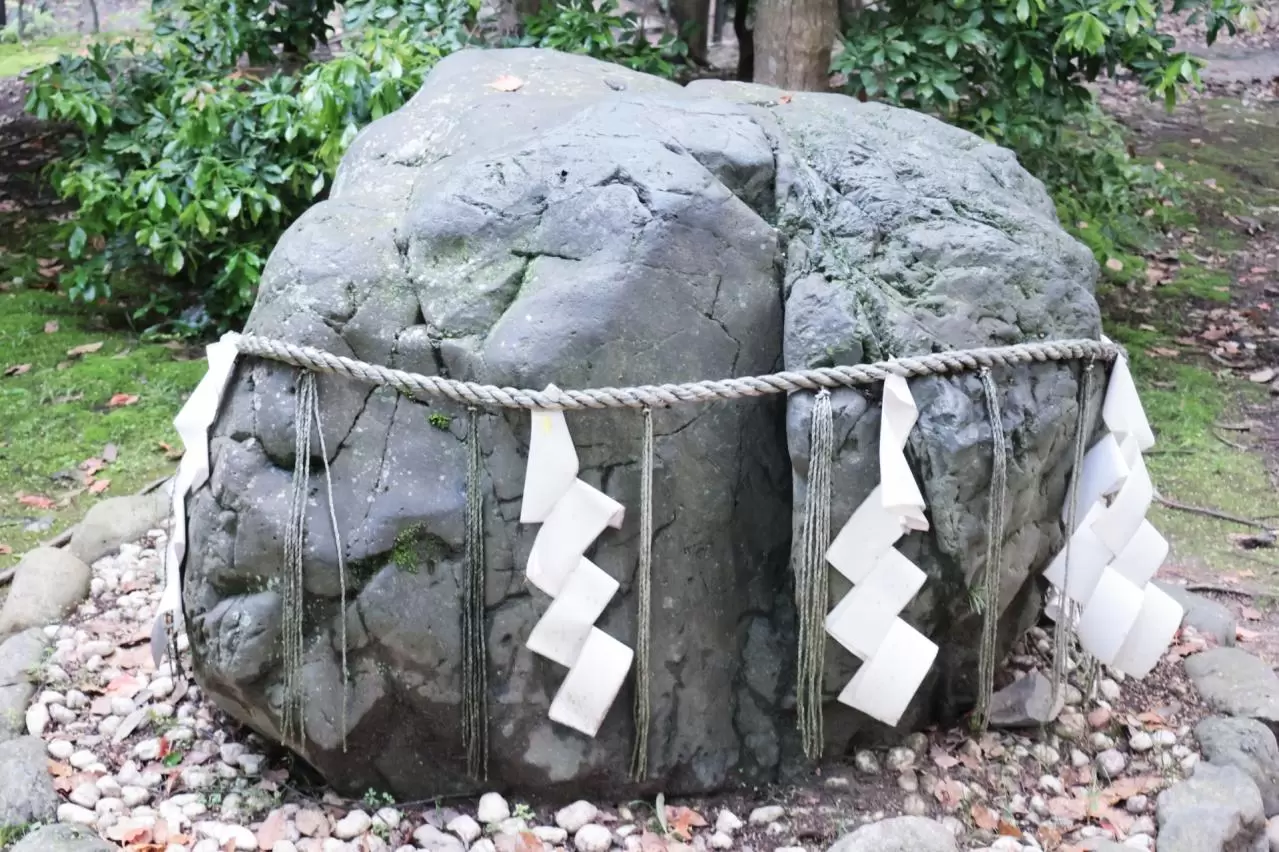
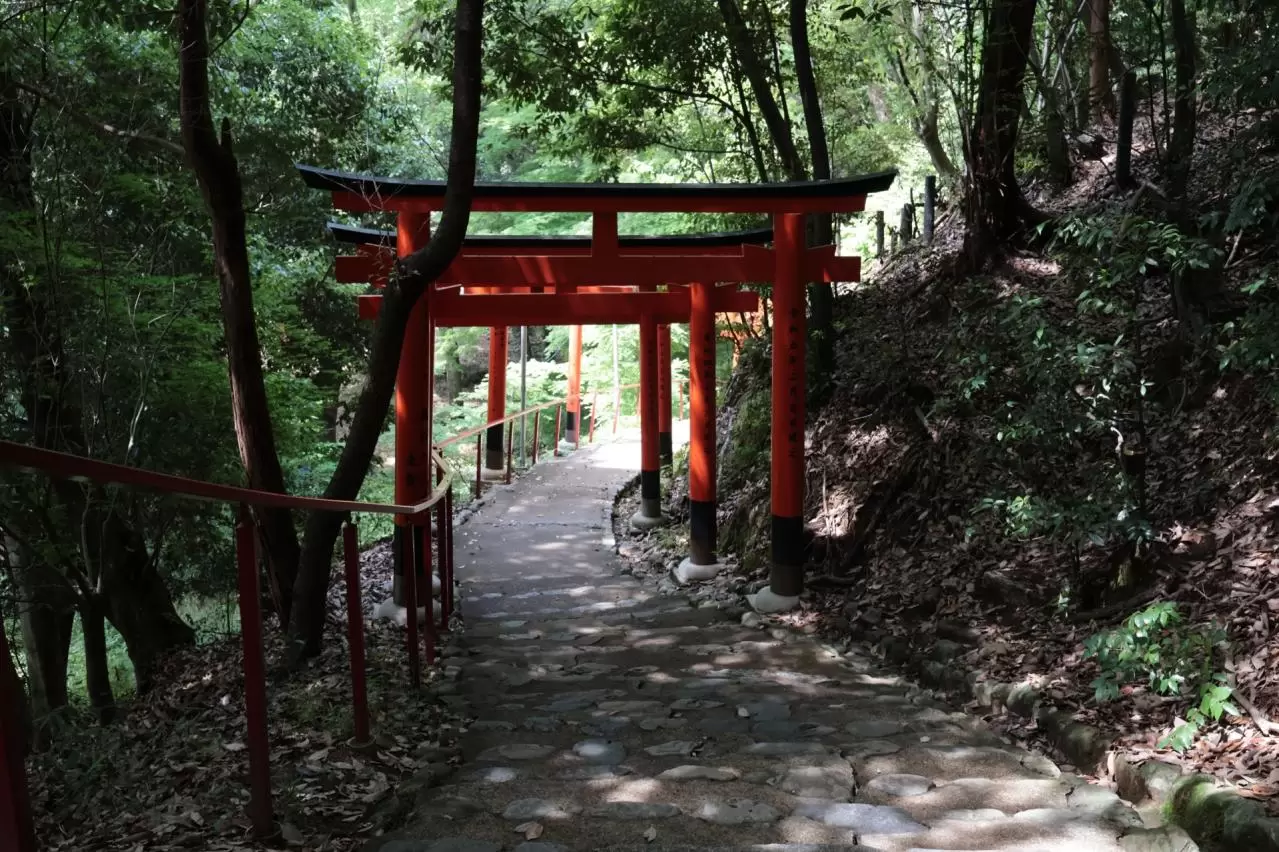
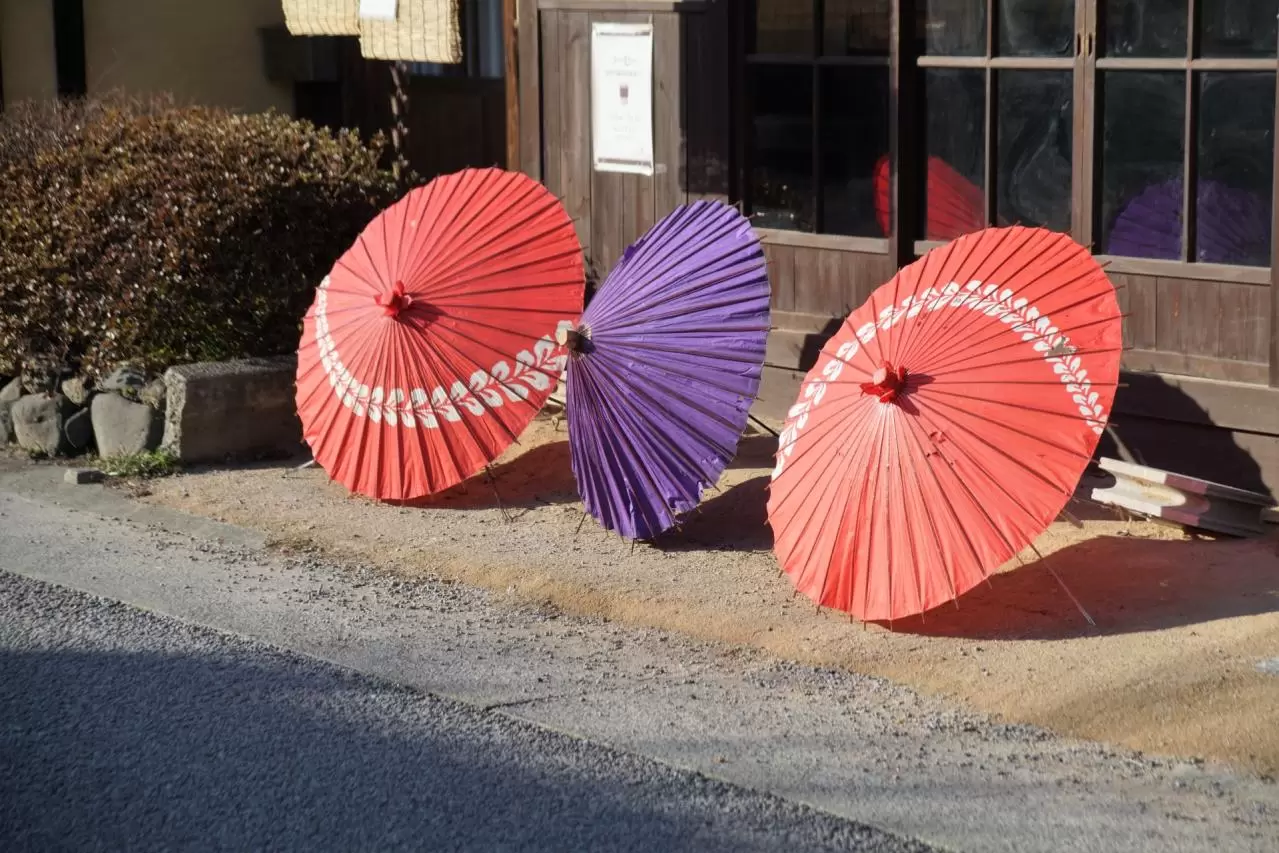
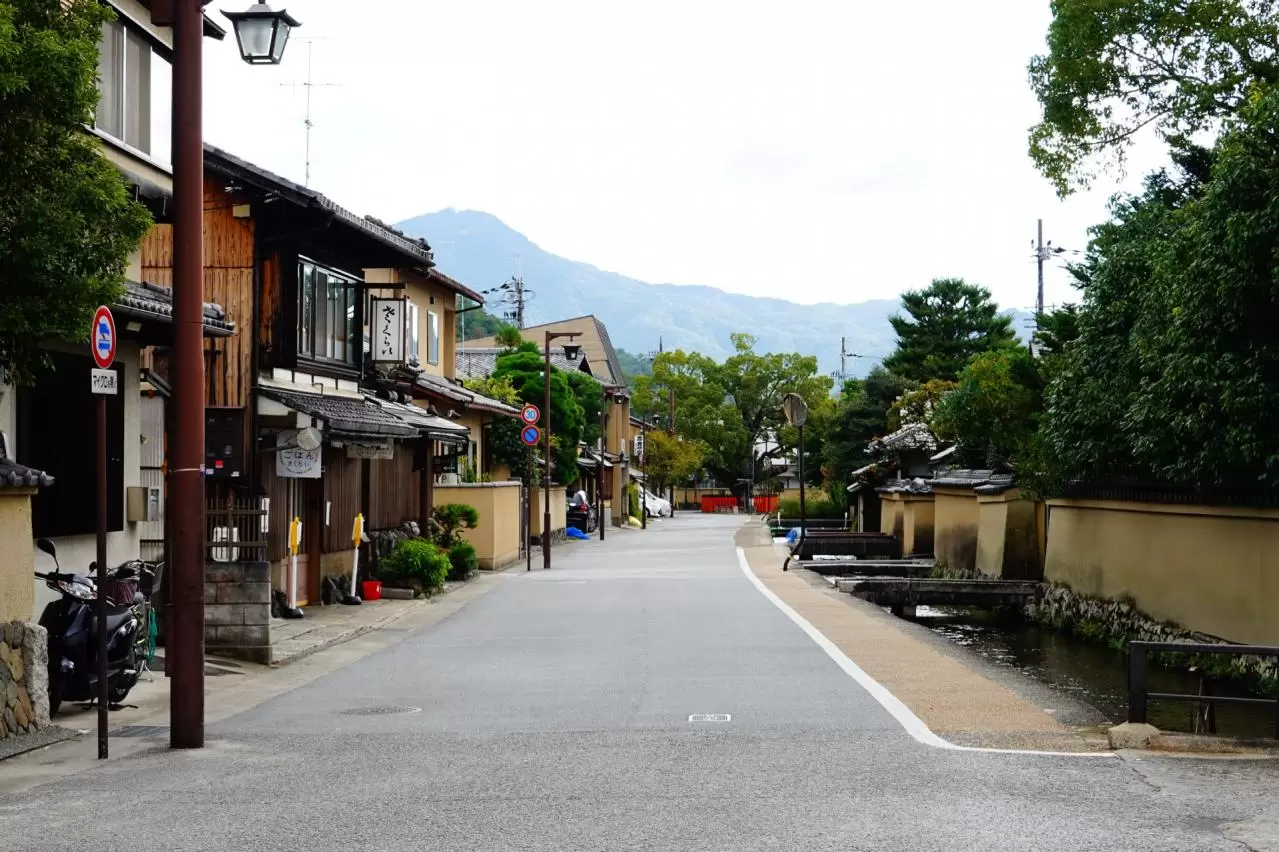
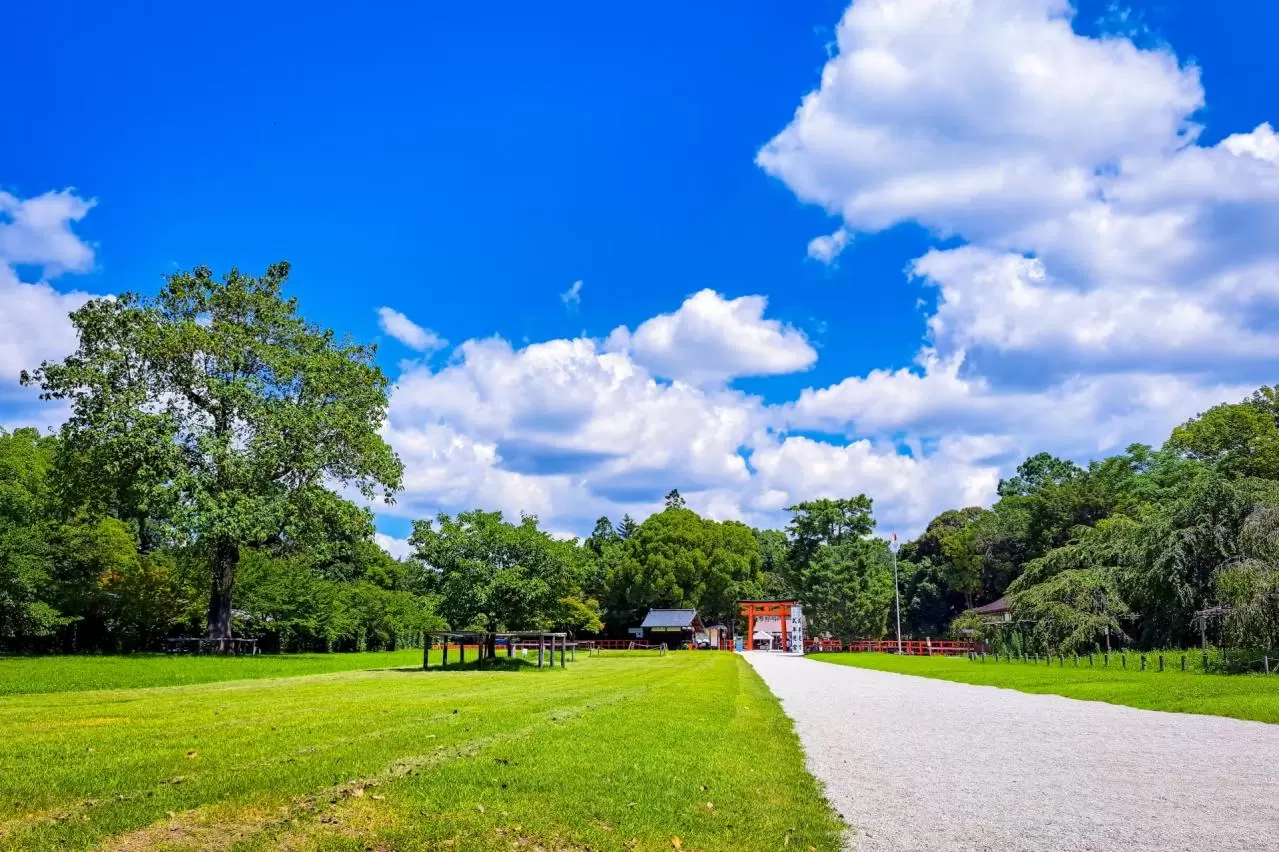
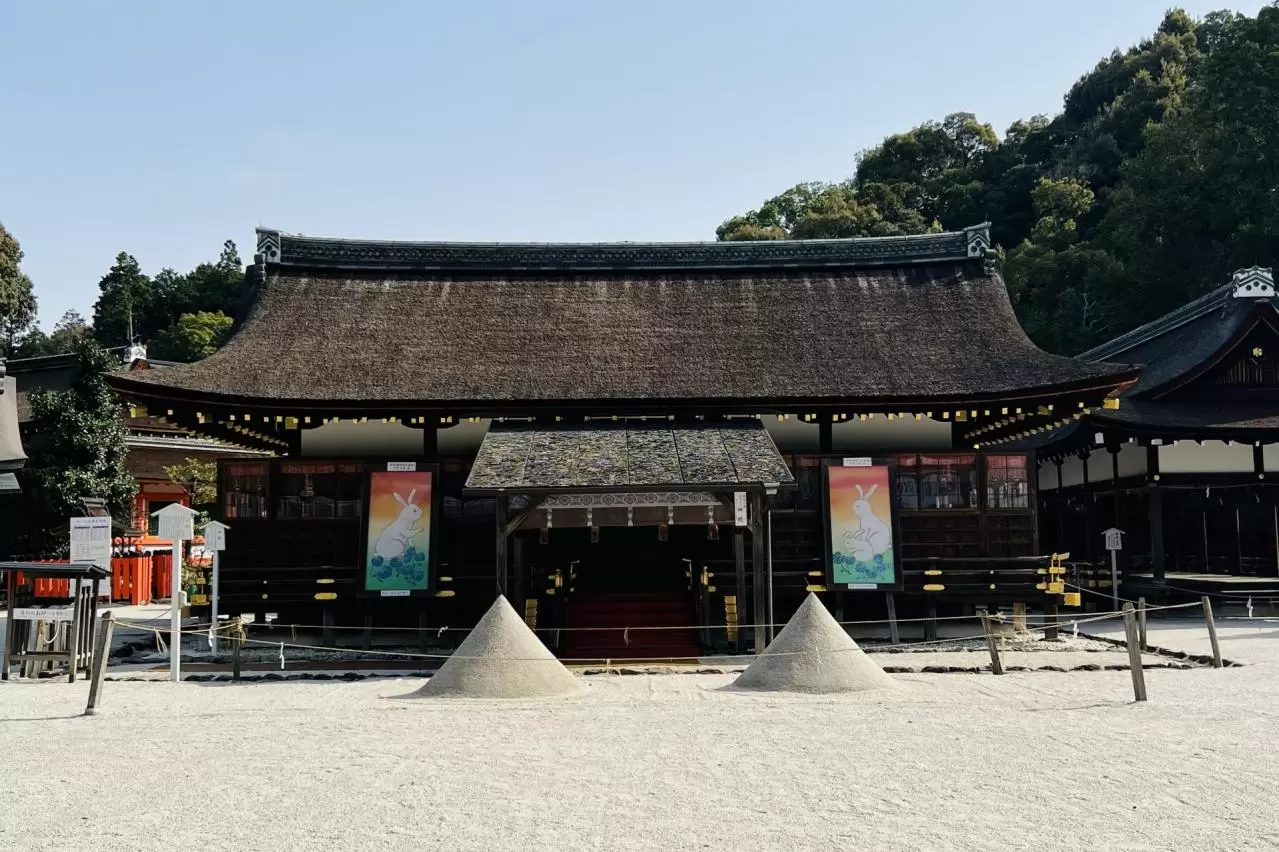
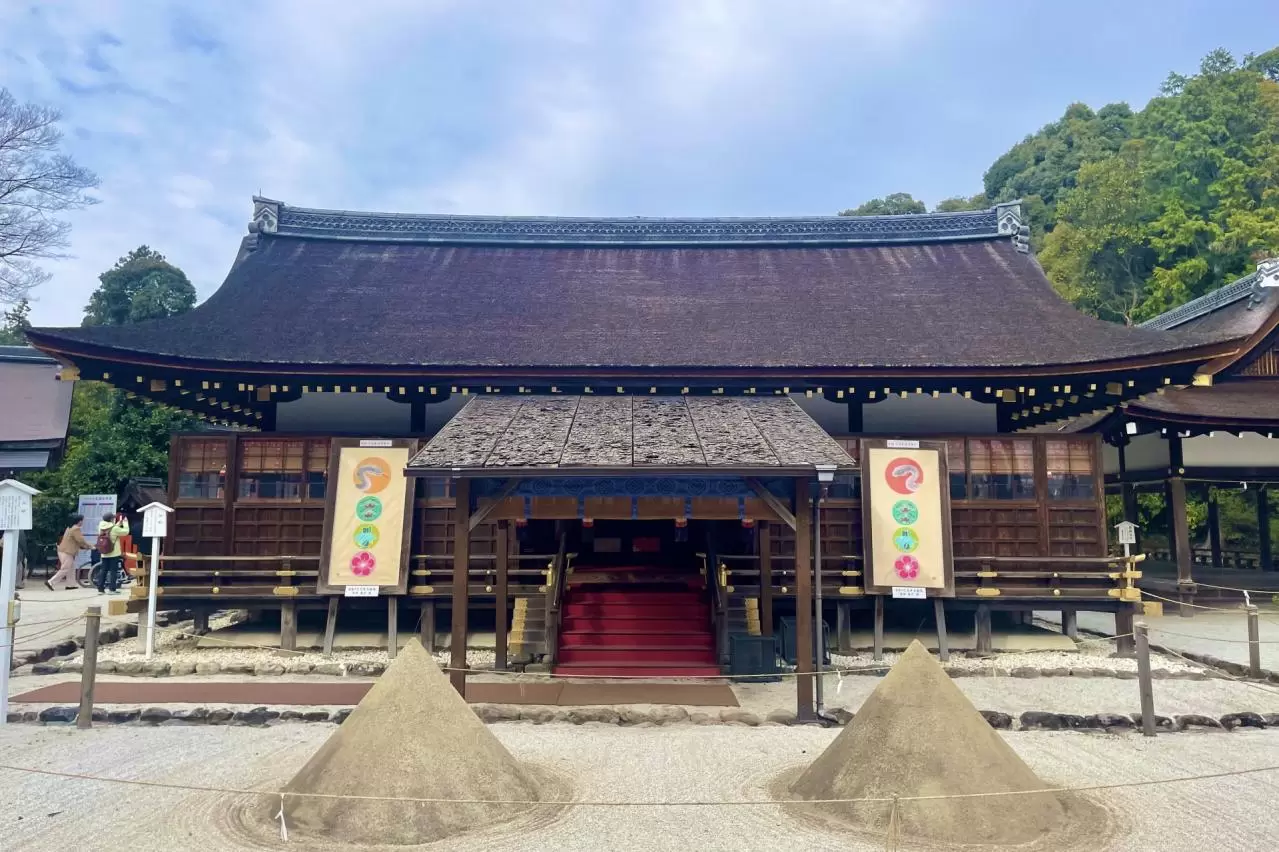
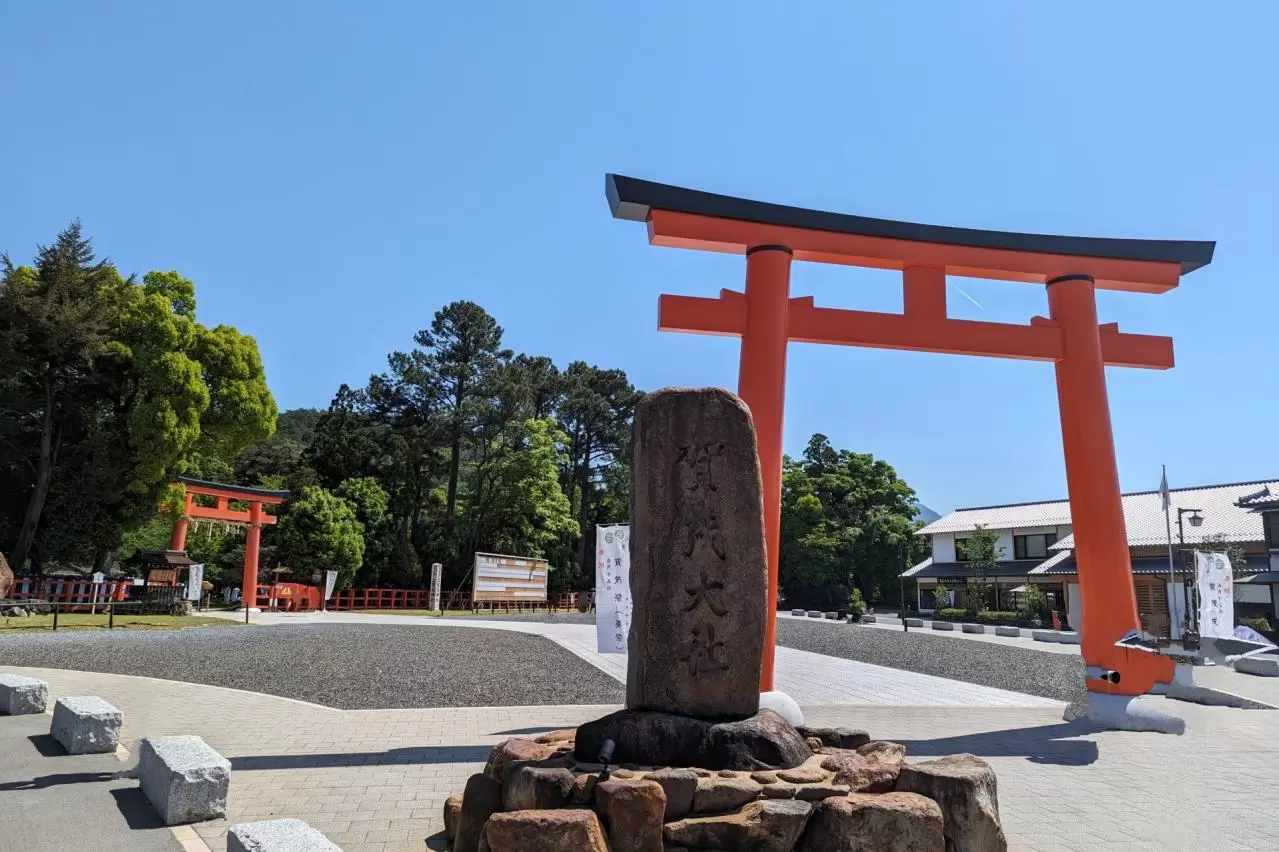
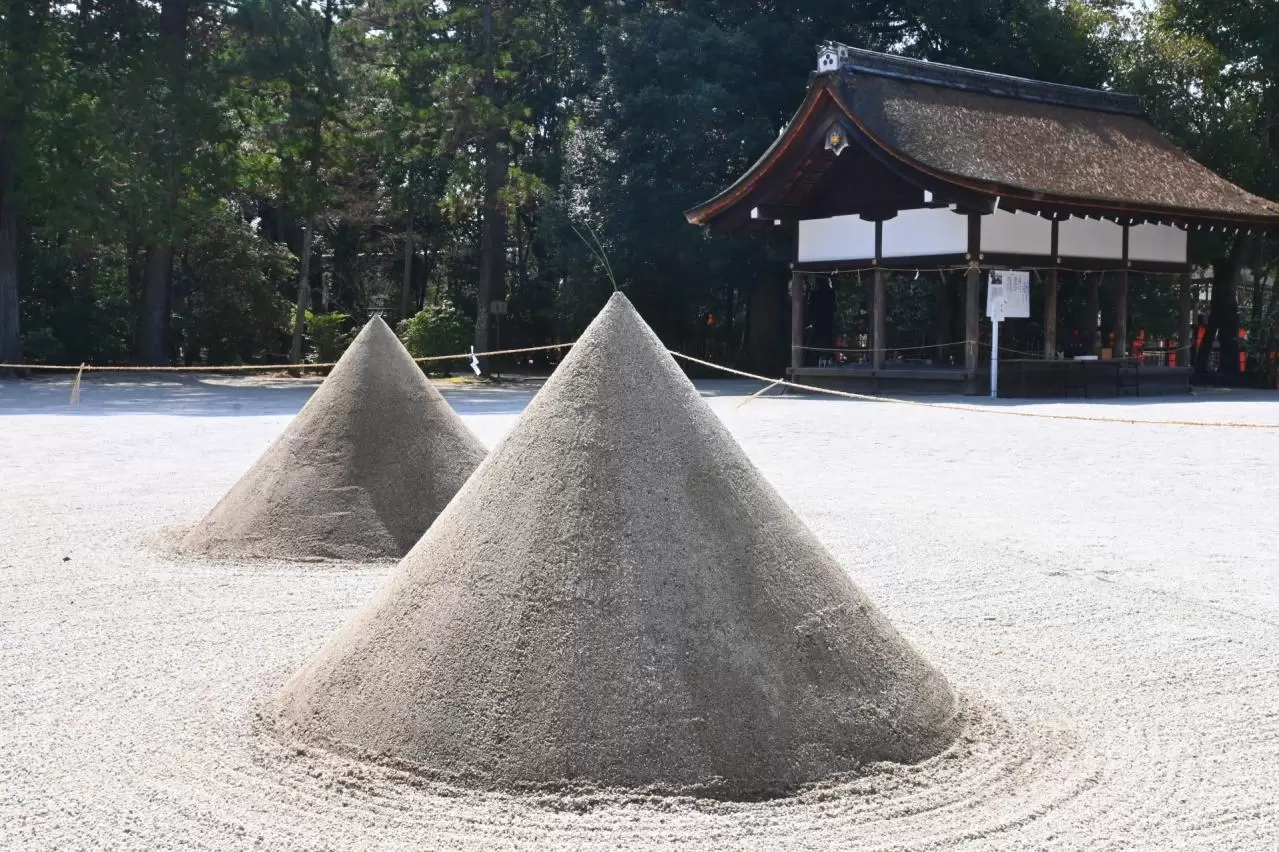
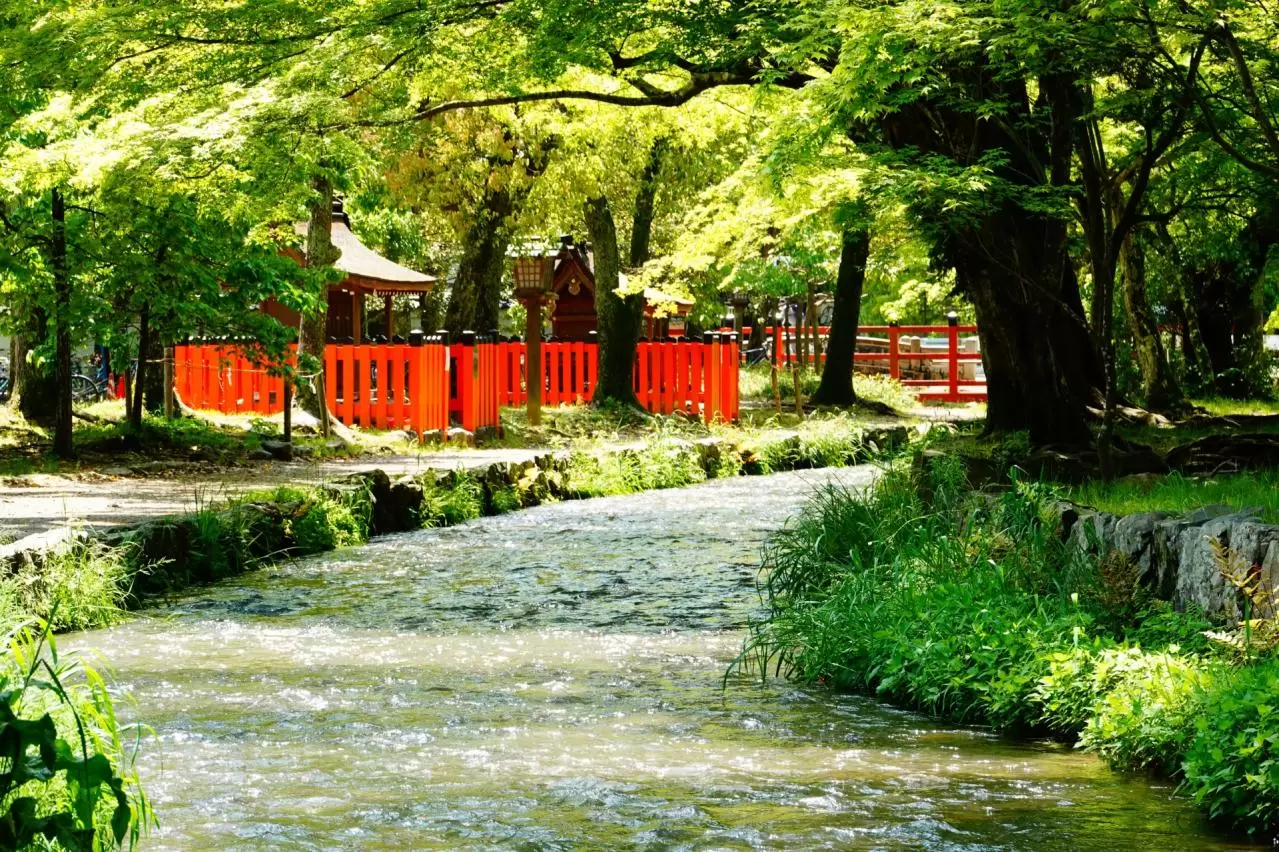
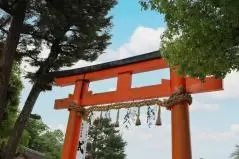
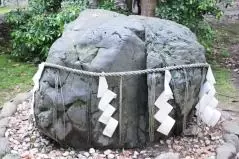
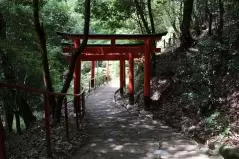
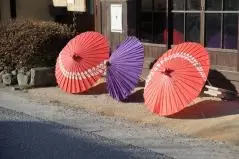
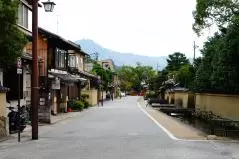
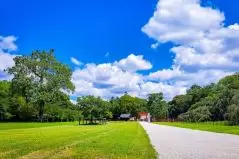
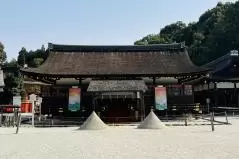
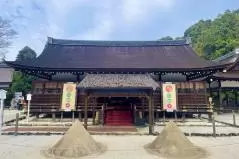
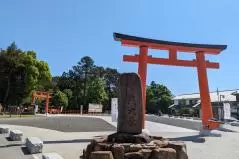
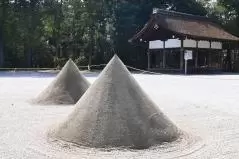
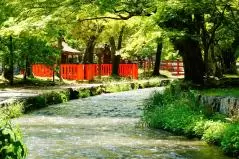








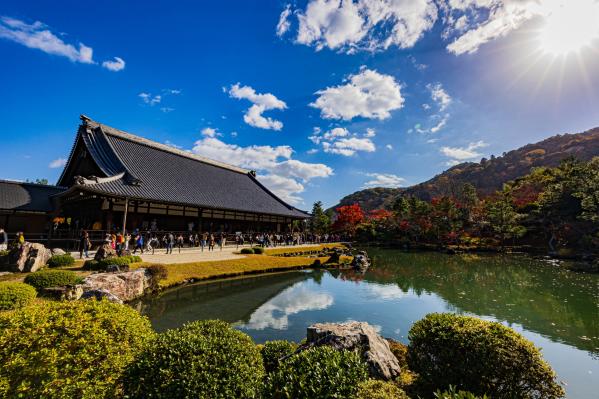
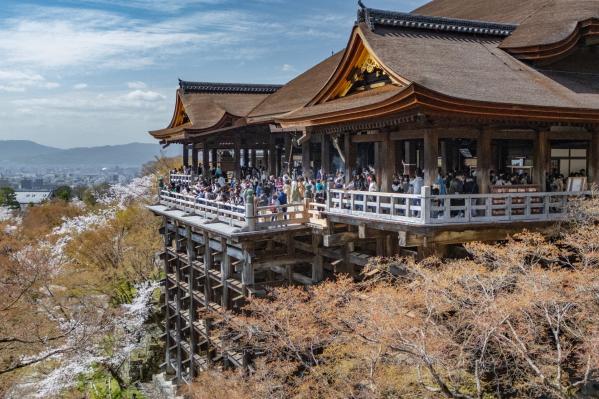
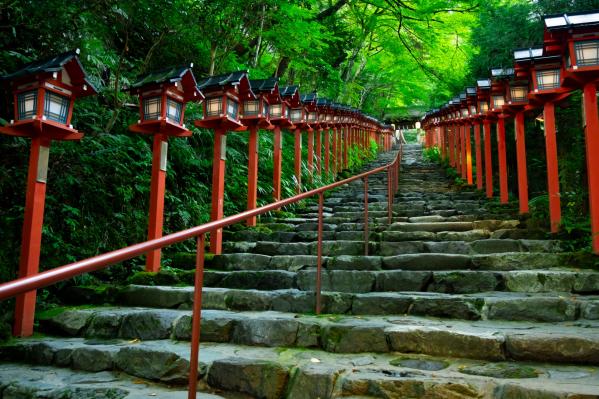
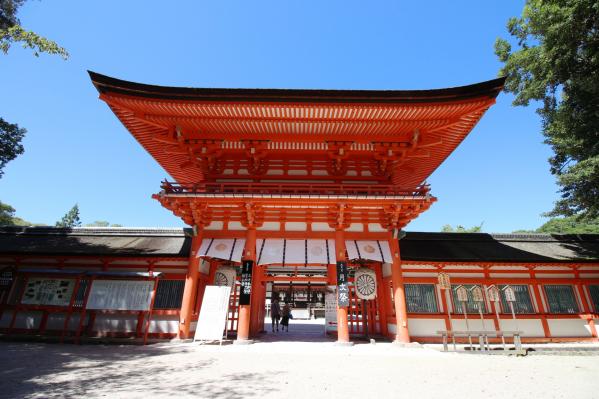
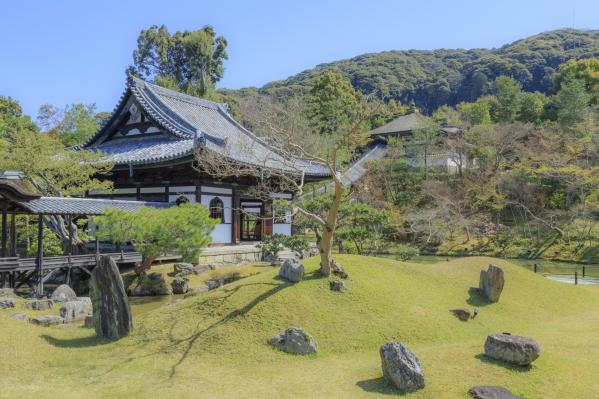
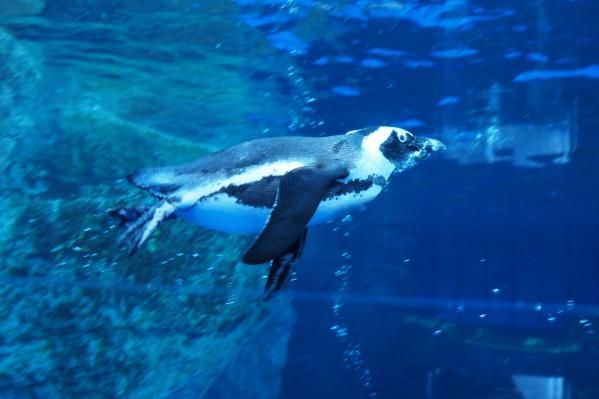
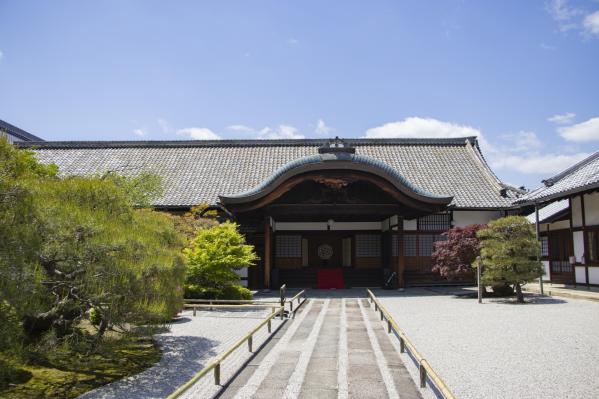
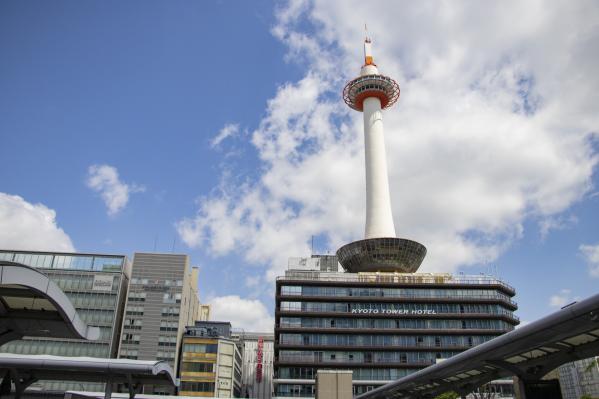
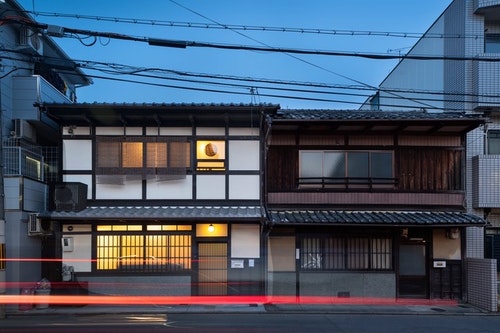
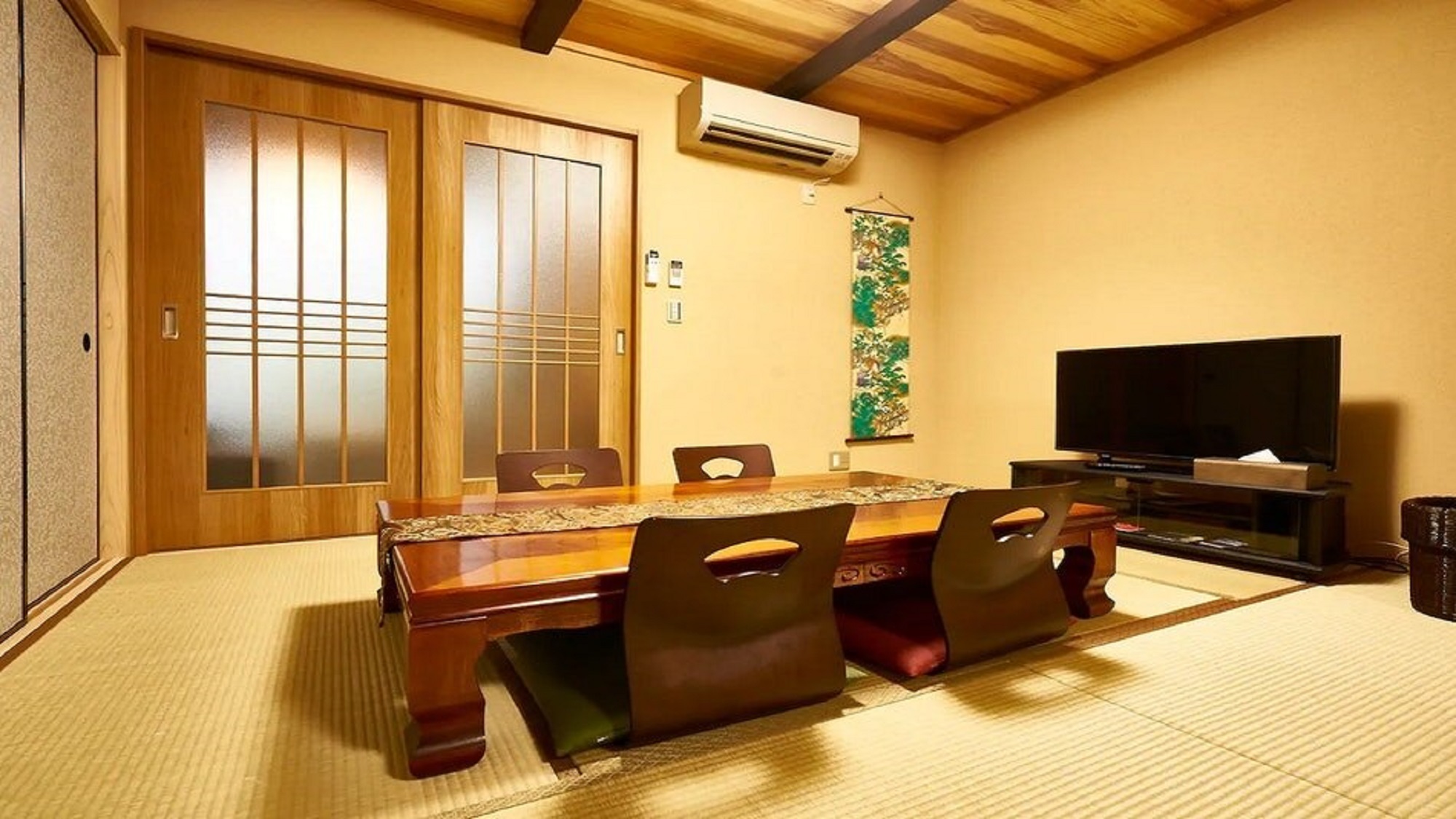

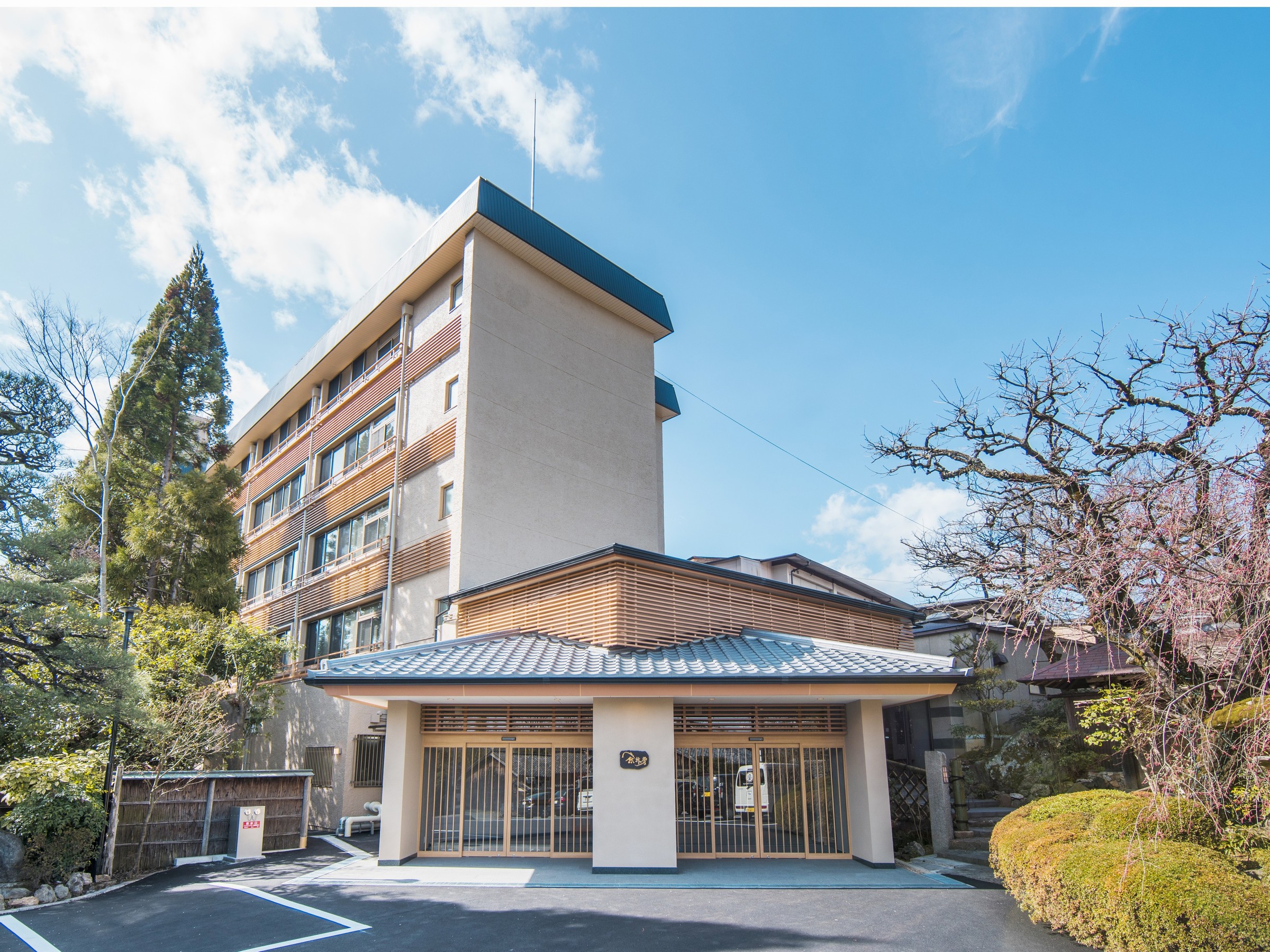
![[洛徐宅]最寄り駅は支市営地下鉄鳥丸線鞍馬口駅です。お部屋から徒歩5分で着きます。 ^](https://img.travel.rakuten.co.jp/share/HOTEL/169506/169506.jpg)

